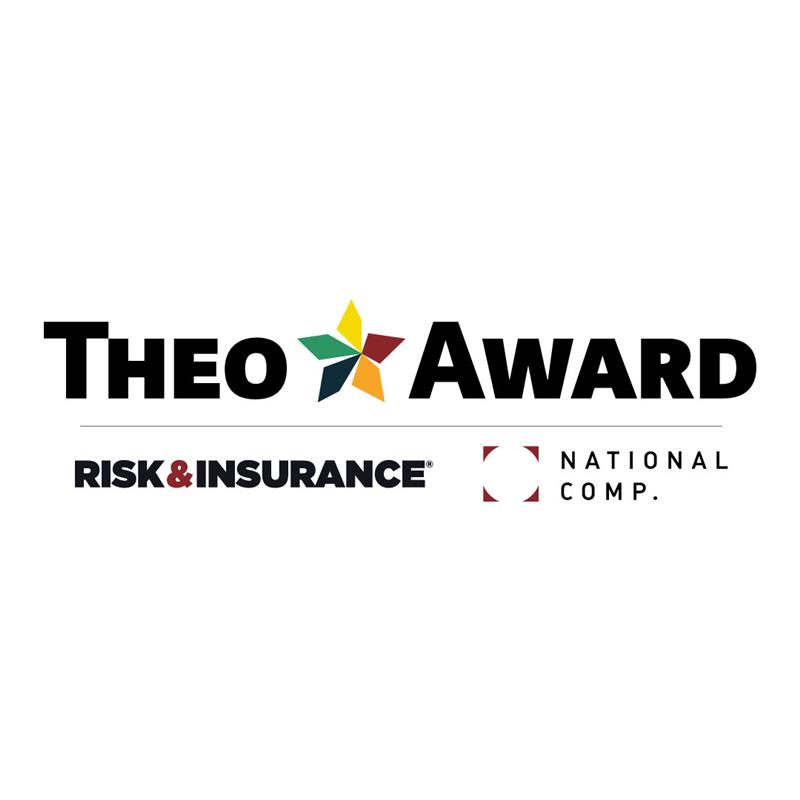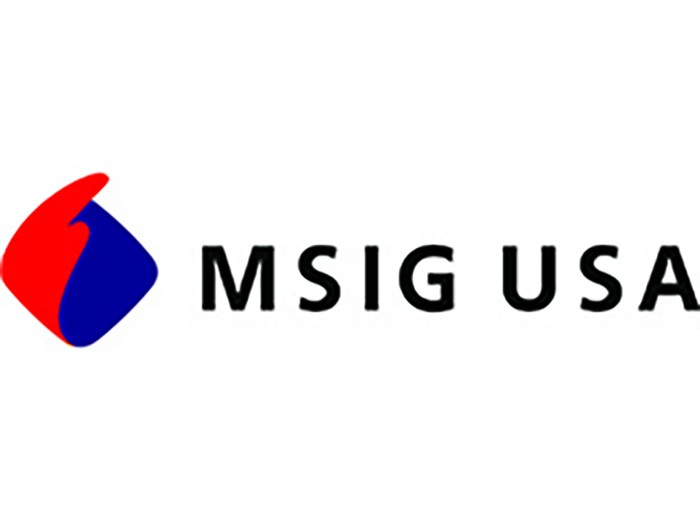5 Avenues Bars and Restaurants Can Take to Tamp Down Alcohol-Abuse Risk
As summer approaches, many people are embracing better weather by enjoying time at bars and restaurants. Unfortunately, none of us need reminders that gatherings involving alcohol where drinking gets out of hand carry the risk of injury or even death. The extent of liability risks that establishment owners face is enormous when unfortunate alcohol-related events occur at their bar or after the patron leaves it.
This makes liquor liability exposures some of the hardest for hospitality owners to manage due to the many ways claims can arise.
Not surprisingly, drunk driving is the top alcohol-related exposure facing proprietors since incidents resulting in injury or death can be directly tied back to the bar or restaurant responsible for serving the inebriated driver. These suits can be hard to protect against due to the difficulty in determining whether a patron has been overserved.
Adding to the risk, juries often take a much harsher stance in liability suits when a sober person completely unrelated to the drunk driver is killed or injured as a result.
Assault and battery is typically the second largest exposure for bars and restaurants and is usually centered on fights or instances where a person returns to the establishment with a weapon. Slip and fall accidents are another significant exposure, which can be an issue for any establishment, but is much more of a hazard when alcohol is involved.
Favorably for hospitality owners, there are several ways they can mitigate their risk and continue to provide patrons with a fun and safe experience.
1. Encourage the use of ride share services and taxis
Rideshare services have proven to reduce alcohol-related fatalities by keeping patrons from getting behind the wheel in the first place. Proprietors may want to consider reminding those who have been drinking to take advantage of ride share services and encourage employees to offer the same advice.
Bar owners may consider sponsoring transportation for unsteady customers so they can avoid worrying about their intoxicated customers getting behind the wheel. It might seem like an expensive extra step, but it could protect your business from an even costlier lawsuit.
2. Focus on proper staffing, training and security
One important lever hospitality owners can pull to minimize their exposure to alcohol-related liabilities is ensuring that they have hired the appropriate ratio of workers to patrons. Proper security and bar staffing can help de-escalate potential fights before they start, preventing the dangerous combination of alcohol and anger from erupting into something that could land both the bar owner and perpetrator in trouble.
An extra employee on hand also gives teams the bandwidth needed to promptly attend to spilled drinks and wet surfaces that can cause injurious falls. Bar and restaurant owners must also know local laws about staffing, as some states have penalties for non-bar staff employees serving alcohol.
Having the right number of personnel is important, but owners need to go one step further and ensure their staff is properly trained.
Whenever an innocent person is hurt or killed by a drunk patron, either in a vehicle-related incident or violent encounter, juries tend to have very little remorse for the perpetrator or the establishment that served them.
These types of cases can result in an establishment’s insurance coverage being completely exhausted, and in some instances, bankruptcy and closure follow. Jurors also tend to be much harsher if employees are seen engaging in reckless behaviors such as drinking with patrons, encouraging overdrinking or failing to cut off obviously intoxicated customers.
3. Develop a relationship with local law enforcement
Hospitality owners should also seek to build a relationship with local law enforcement, and more importantly, not hesitate to call them when necessary.
Some businesses are reluctant to involve law enforcement to help with unruly patrons. Doing so, however, creates a paper trail in the event of an incident and removes some of the liability from the establishment if something happens. Law enforcement can also help to de-escalate a situation and lower the possibility of a patron returning to the establishment with a weapon following an altercation.
4. Prioritize accurate record keeping
Any incidents that do occur should be promptly recorded and captured either through eyewitness testimony immediately after the event or via video recording. Surveillance systems can be the key piece of evidence in determining whether a patron was visibly intoxicated, improperly served or an injured customer is being truthful about how or where their injuries occurred.
Bar owners should not only prioritize cataloging records of incidents but preserving them, as well. Lawsuits are not typically filed until the statute of limitations is about to expire. Employee turnover, shoddy record keeping or relying on memory to recall the specifics of certain events can all have a detrimental impact on the defense against any allegations.
5. Work closely with your insurer to develop risk mitigation strategies
Insurance coverage is just one piece of the puzzle for establishments with alcohol liability exposures.
Bars, restaurants, pubs, taverns and other businesses that sell alcohol should work closely with their insurance and broker partners to ensure their physical spaces, staff training, policies for dealing with intoxicated patrons and more are all as buttoned up as possible.
These precautions help to avoid accidents such as trips and falls, violent altercations and alcohol poisoning. Insurers can assist bar and restaurant owners in identifying potential pitfalls they might not have considered, such as cracks on steps, dim lighting, uneven surfaces or other potential hazards. Incidents can and do happen, and for this reason, risk mitigation is key alongside robust insurance coverage.
So, while bar and restaurant owners ultimately want their customers to have fun, it is vitally important that they ensure that fun happens in a responsible manner for the protection of their customers and society. A robust risk mitigation strategy alongside appropriate insurance limits can help proprietors avoid disastrous litigation and keep patrons and the public, safe. &










